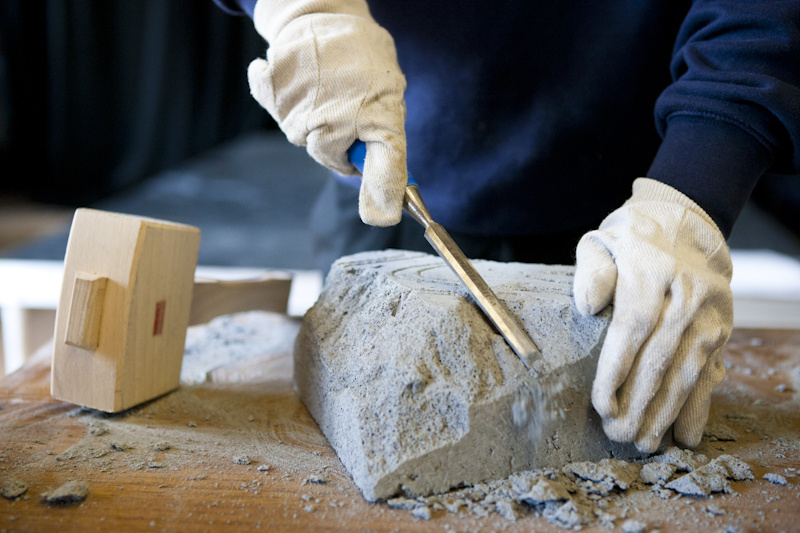
Appropriate Art Forms
BY: Nicola King
29 Aug 2024
One of the more common queries the Arts Award team receive is about what is a suitable art form for Arts Award, for example ‘could my student teach football skills for their Skill Share?’ or ‘can my young person research a judo player for their Arts Inspiration?’. In this blog we will explore this question and look at how you could incorporate non art forms into an Arts Award activity or project.
Arts Award has a broad definition of the arts, and we encourage young people to explore a wide range of arts and cultural activities including performing arts, visual arts, literature, media, digital arts, and craft and design. However, this doesn’t mean that any activity is suitable for Arts Award, it is after all an arts focused qualification, and so the activity must be one typically defined as an art form. The Oxford English Dictionary defines art as ‘the expression or application of creative human skill and imagination’, and it is worth applying this definition when you are considering whether something is suitable; are creativity and imagination at the heart of this skill?
However, what if the interests and passions of the young person you are working with are not arts based? For example, maybe you have a football mad young person and being able to incorporate this interest would help to engage them in their work? As an adviser, you can help students identify a way of using their other interests — eg sport, games, baking, a historical period — as a stimulus for an arts activity. Here’s how:
Firstly, you need to identify what their area of interest is. Then consider how you could link an art form to this area. For example,
What art forms could be linked to football? Could you look at the design of football kits and explore fashion and design through this? Could the young person explore visual arts and paint or draw portraits of their favourite footballer? Could they choreograph a dance, using football as the stimulus?
Perhaps you have a young person who is interested in a particular historical event, for example World War 2? Firstly, you could consider the popular arts and culture of that time and whether you could explore this, such as the music and films of the era. You could also consider how the topic could be used as the subject area for other art forms, for example could the young person create a stop motion animation about The Blitz? Could they write a short story from the perspective of a soldier in the trenches?
Sometimes you may need to ensure the young person’s focus is on the right elements of the task, for example baking is not acceptable as an art form, but cake decoration can be. If a young person chose cake decoration you would need to ensure that their focus remains on this element, and not how they baked the cake, what the recipe was etc. It may help to imagine the cake as a blank canvas, it is the decoration, from sketching the design, to hand painting fondant, airbrushing, creating sugar sculptures etc, that involves creative design skills, and this is the art form that the young person would need to evidence.
Similarly, a young person might ask if being a YouTuber is an art form? Though being a YouTuber in itself is not necessarily related to the arts, it can be linked back if they consider the skills that could go into creating a YouTube video, for example filming and editing videos, lighting and sound, graphic design. Again, as the adviser, you would need to ensure that the young person’s focus remains on the art form.
Once you have an idea for an arts activity that incorporates the young person’s interest, you will need to consider how the activity will be evidenced in line with the requirements laid out in the adviser toolkit. What Part of their award is this activity going to be used for? Does the activity provide opportunities for the student to demonstrate the assessment criteria, particularly creativity and art form knowledge and understanding?
You will also need to consider how you evidence the activity, and what evidence formats will best reflect the student’s record of their participation/challenge. This could be linked to the activity itself, for example:
- a storyboard of a film-making challenge
- the process of achieving a visual arts challenge presented on a canvas
- a patchwork quilt to display a textile challenge
Hopefully this will give you lots of ideas for how you could incorporate non arts activities into Arts Award delivery. If you are still unsure whether an arts or cultural activity is recognised through Arts Award, please do get in touch to discuss it with the Trinity team on support@trinitycollege.com
You may also find this blog post from Hopewell School useful as it provides further examples of incorporating non arts activities in Arts Award delivery.
Related posts
BY: Guest Writer



.jpg)
Comments & Replies